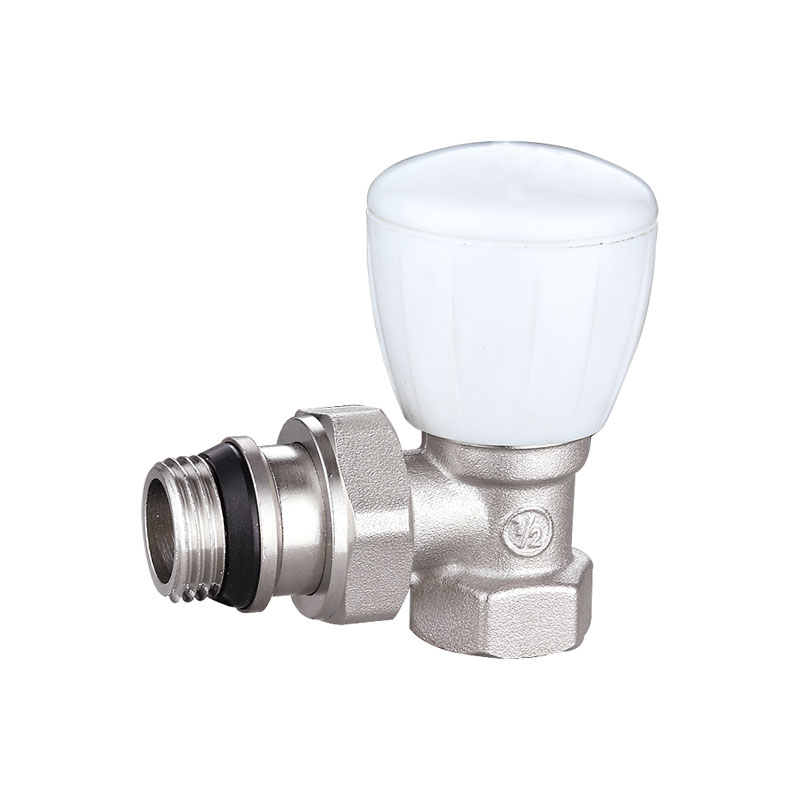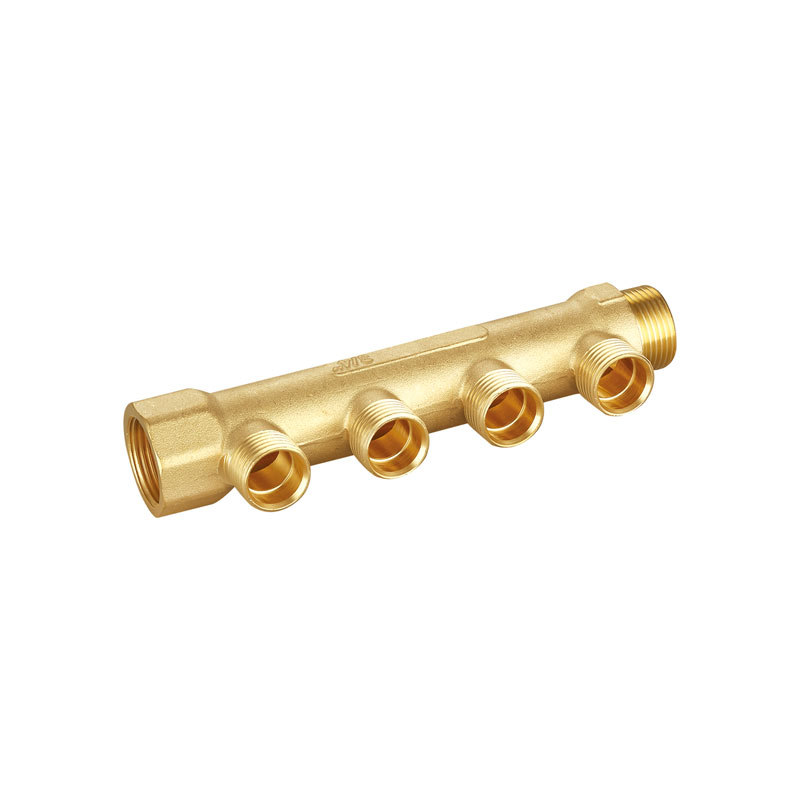Brass ball valves are used in a variety of applications and are commonly used in potable water systems. However, they can also be used for non-potable water systems. When choosing a valve, you should consider its application to make sure you're getting the right one. For example, if you're looking for a valve to handle air, you should choose a brass ball valve, because it has a low-pressure rating.

A ball valve has a stem that is turned to open or close the valve bore. It can also be turned to prevent media flow. The way the valve operates depends on the valve circuit, the housing assembly, and the type of operation. In the most common application, a valve can be operated manually, but you can also use an actuator to automate valve operation.
Brass ball valves are available in a variety of materials and sizes. The most common materials include brass, lead-free brass, stainless steel, and polymer. Other materials used are based on application. Some types of connections are threaded, such as IPS, while others use a sweat connection (also known as Solder). Some models of brass ball valves have other connection types, like push-fit or flared.
Brass ball valves are available in sizes from 1/4" to 4". Some of them have NPT connections or socket welds, and they have pressure ratings of up to 600PSI. Typically, these valves have a chrome plated solid brass ball, and have a two-piece design. Some even feature a blow-out-proof stem.

 languages
languages

 English
English русский
русский












